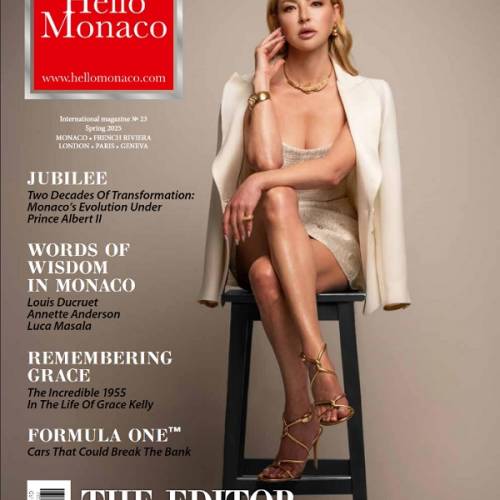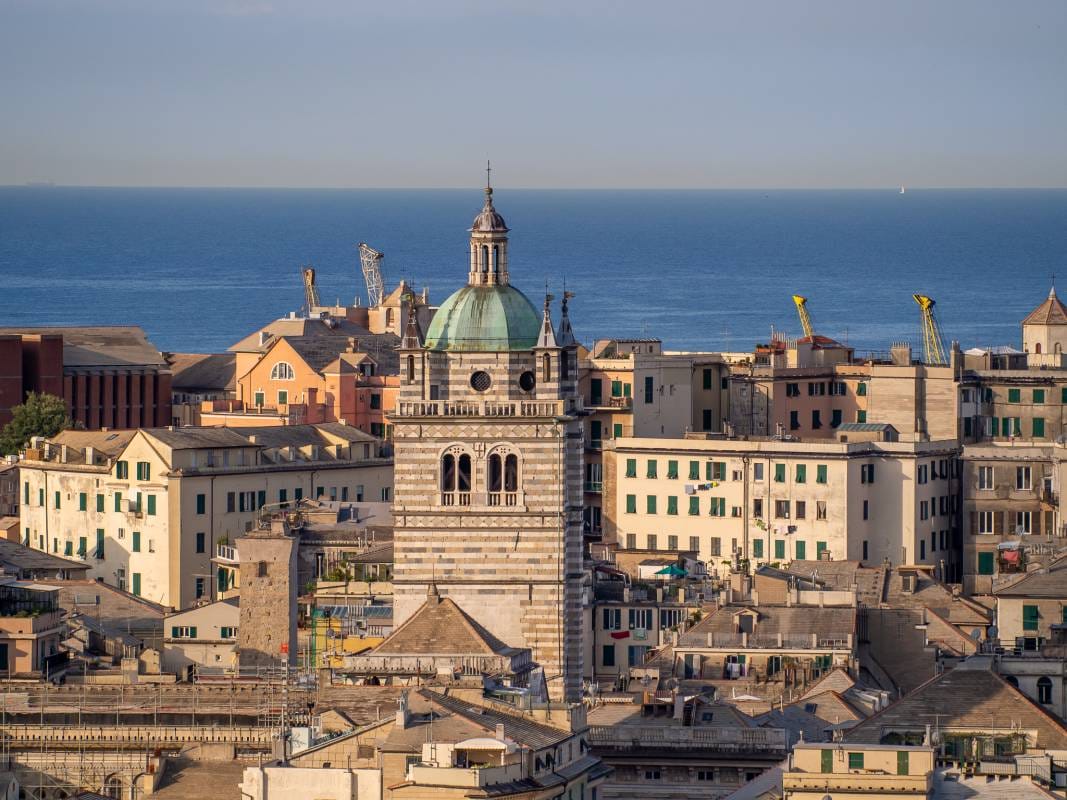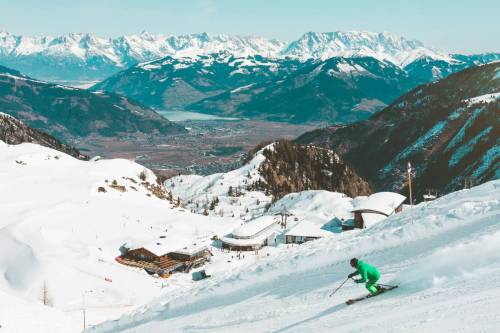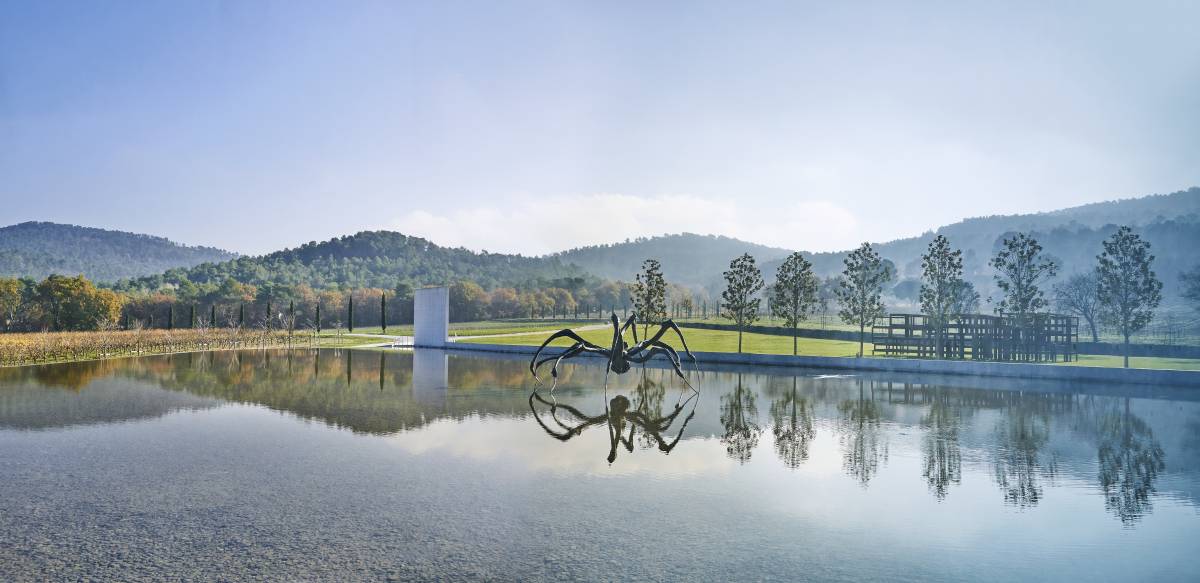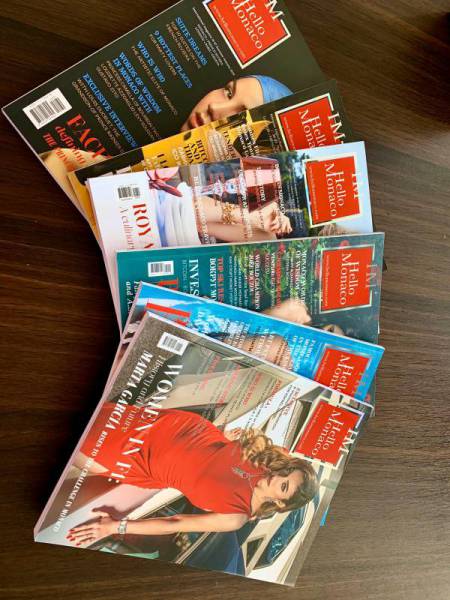Just a two-hour drive from Monaco, the city of Genoa is happily treating you to some new and exciting experiences. Savouring a castle life, spending a weekend in one of its sumptuous palaces, how is that for an idea? The Ligurian capital boasts some 42 aristocratic palaces listed as UNESCO World Heritage Sites since 2006.
Dining in a sumptuous setting with refined cutlery and master paintings on the walls, sleeping in a princely room like nobles do. This is a kind of experience this rich and colourful destination is offering you. “A royal city backed by an Alpine hill” as described by the legendary Petrarch. Let yourself get lost in its tiny scenic alleys, spotting magnificent facades as you look up above. Genoa does offer a striking mix of magnificence and popular, particularly gastronomic traditions. Eat a fougasse and drink a cappuccino in a small bar, then relax in the sumptuous lounge of an ancestral home.
The “Rolli days”, in May and October, are introducing you to some forty palaces. These noble homes are also a perfect venue for a party or a concert. A magical moment indeed!
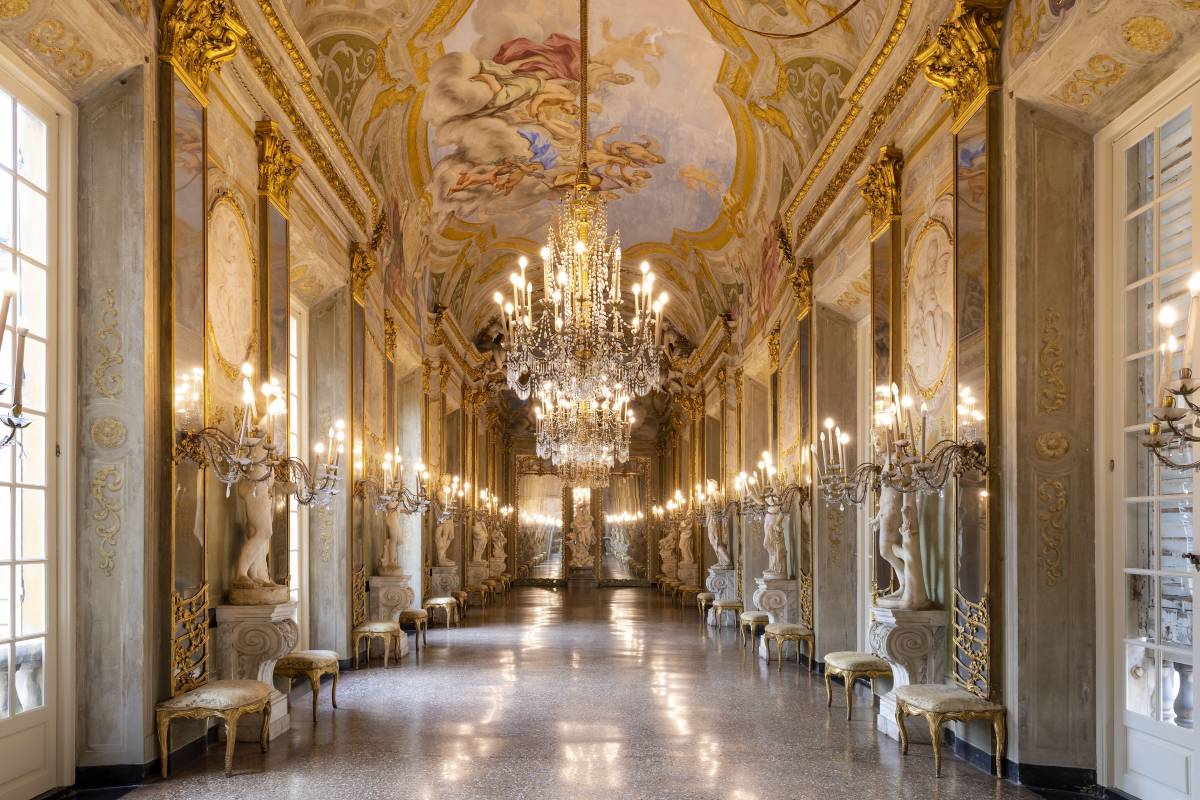
After exploring its enchanting medieval historic centre, stroll through its typical and very old shops. The Pietro Romanengo confectionery in Via Soziglia counting two centuries of history, is the most famous of them all! Nothing has changed since its opening in 1814: marble, woodwork, painted frescoes and mirrors are taking you back in time.
To extend the charm of the past, opt for a luxurious break worthy of a prince. No other than the Monegasque Sovereign, Albert II, is known to have enjoyed the hospitality of a sumptuous Genoese residence.
The painter Rubens was also no stranger to the charm of these magnificent palaces. The local history is fascinating indeed. At the height of the artistic revival, between the Renaissance and the Baroque, the Genoese nobles had a number of wealthy palaces designed and built on the Strada Nuova, today Via Garibaldi. Some of the old residences were then restored in the most beautiful way, with the help of the most gifted and creative craftsmen.
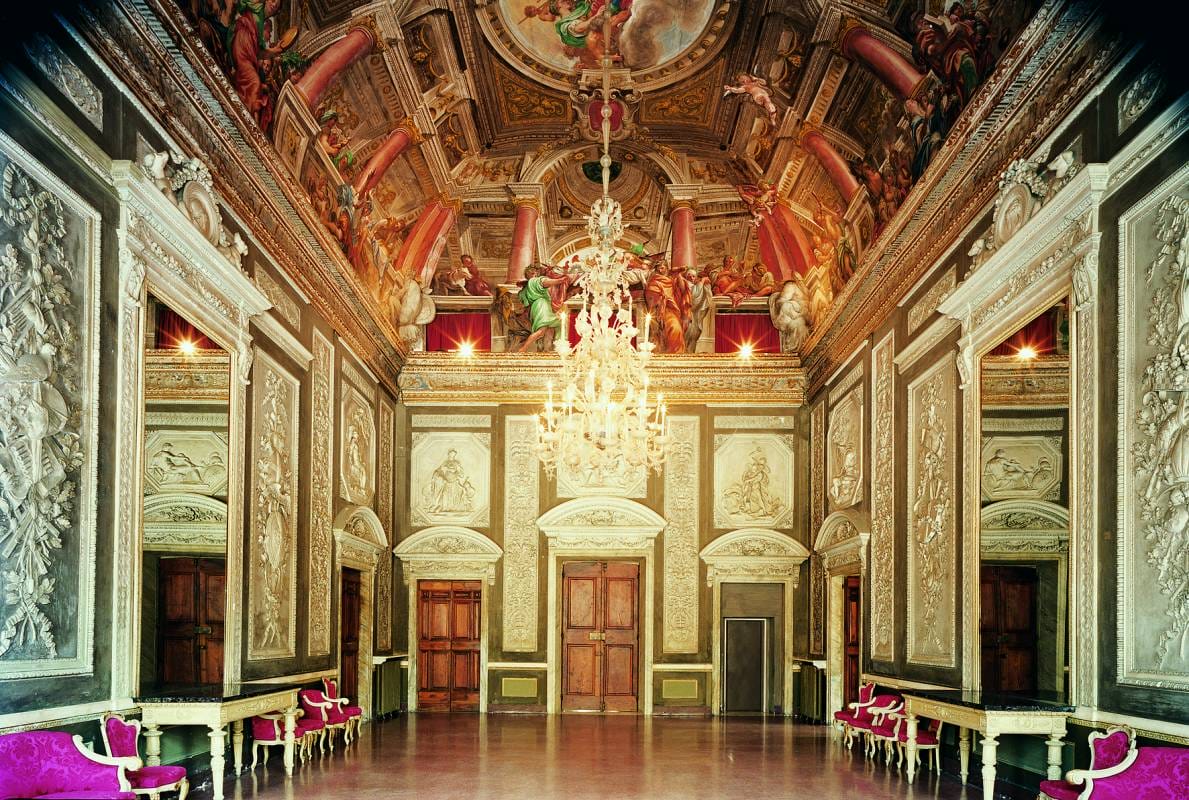
Genoa was thus embellished with the most magnificent stucco and marble-decorated facades, grandiose atriums, splendid gardens with their fountains and nymphaeums. Their spacious interiors painted with frescoes, sumptuous furniture and precious collections is another tribute to the luxury and refinement of the epoque. The Flemish painter Pieter Paul Rubens, in the early 17th century, could not stay indifferent to this beauty. So much so that he published a series of drawings dedicated to these palaces, encouraging the rest of Europe to indulge in their magnificence.
Back in the day, palaces were privileged to host their guests based on the latters’ rank. The more noble the guest, the more sumptuous the residence honoured to welcome his family.
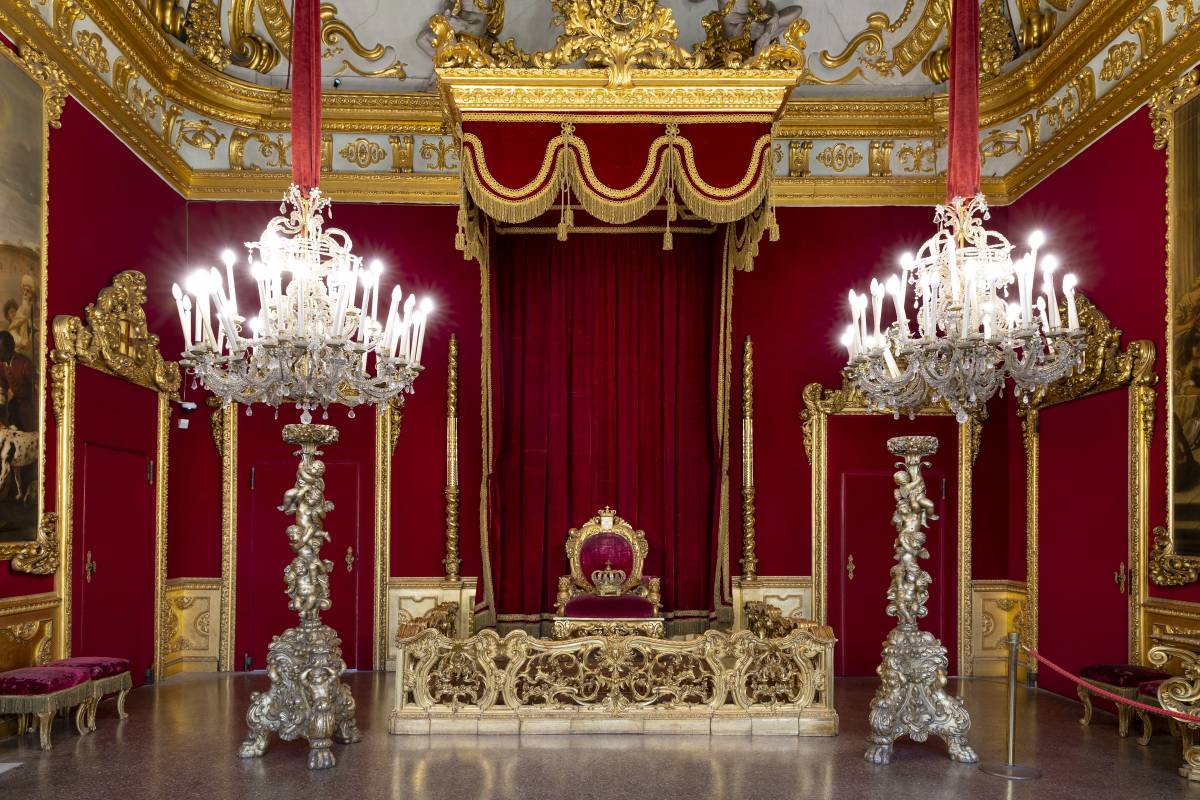
Nowadays, some of these 100 historic palaces on the Strada Nuova, Via Lomellini, Piazza Fossatello, Via San Luca, up to Piazza Banchi, are still privately owned. Others have become bank headquarters or museums.
Every year Genoa is celebrating its “Rolli Days”, a weekend when “Palazzi dei Rolli” are opening their doors and showing their treasures. And the lucky few, just for a few hours or a few days, are living the dream of the past, with the emotions these artistic treasures bring along. Make a leap into the splendours of yesteryear.
For more information: info@visitgenoa.it


